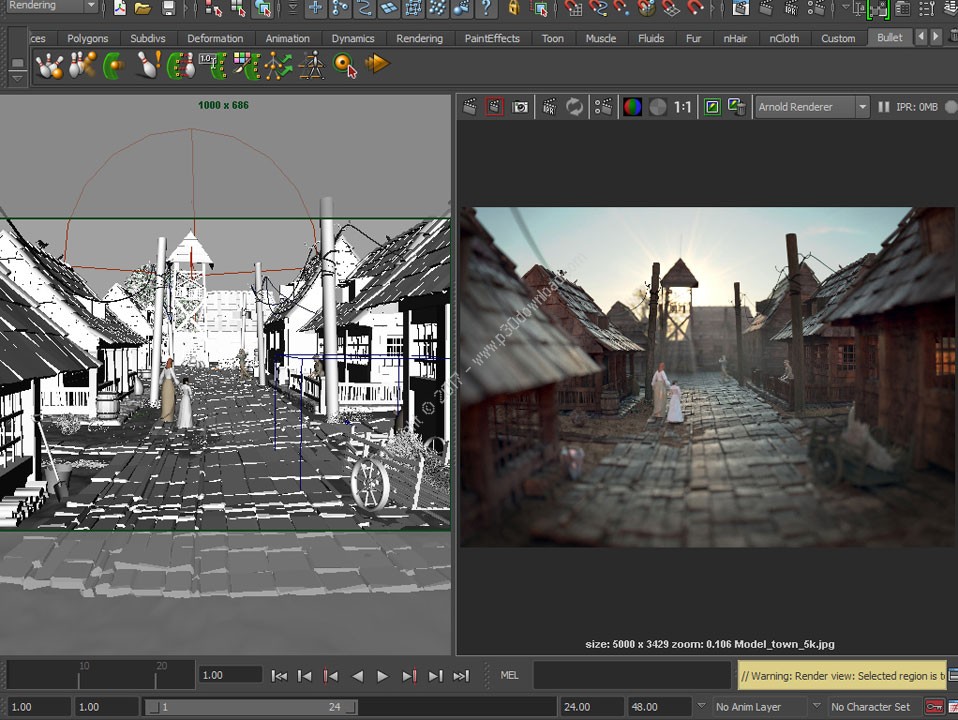
Toggle the eye icon ON in order to see the AO pass: Right-click the collection and select either Create Shader Override or Create Material Override:Ĭlick on the biscuit icon next to Override Shader:įrom the LHS list, select Arnold –> Shader –> Surface–> AiAmbientOcclusion: When turned off, it will render the coloured materials also.) (Turn this on for Arnold to render the collection with the ambient occlusion override only. Toggle on the eye icon next to the Layer to see the items in the render layer in the viewport. Right-click the new layer and select Create Collection:įrom the Outliner, middle-mouse drag objects you want to create ambient occlusion for to add them to the collection, or select objects in the scene and hit the “Add” button:


Once that’s in check, open up Window –> Rendering Editors –> Render SetupĬlick on the plus icon to create a layer: To get an ambient occlusion pass in Maya 2018 with Arnold, firstly make sure all materials assigned to the scene are ai* material (e.g. So here’s how to get started with ambient occlusion using Arnold in Maya 2018. With Mental Ray for Maya no longer supported, my post a few years ago about rendering ambient occlusion using render layers are now obsolete.


 0 kommentar(er)
0 kommentar(er)
